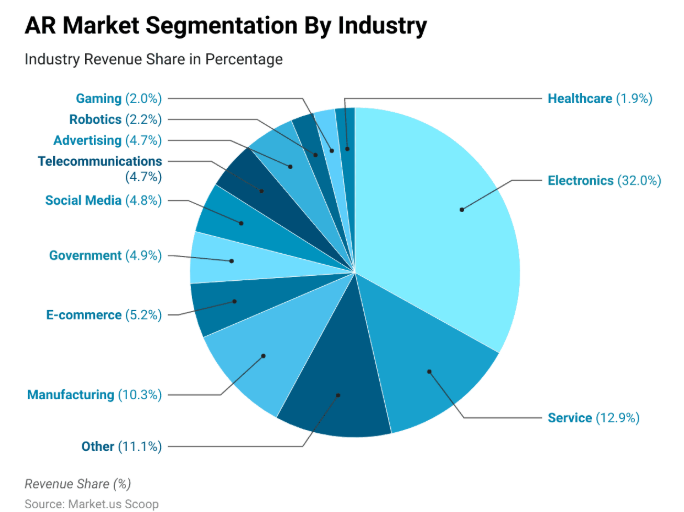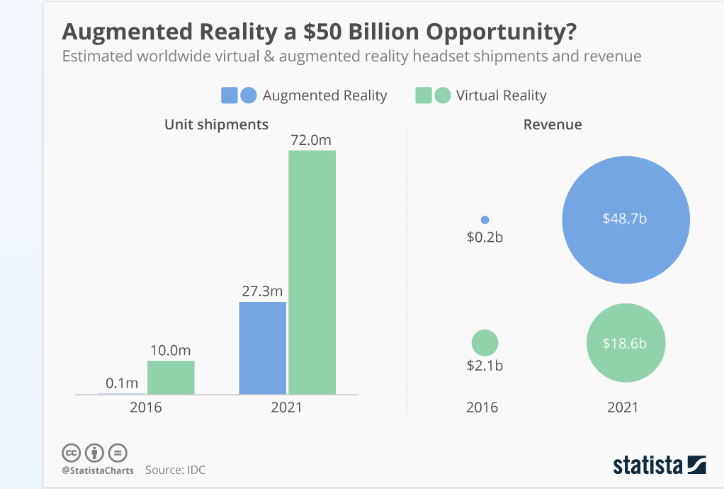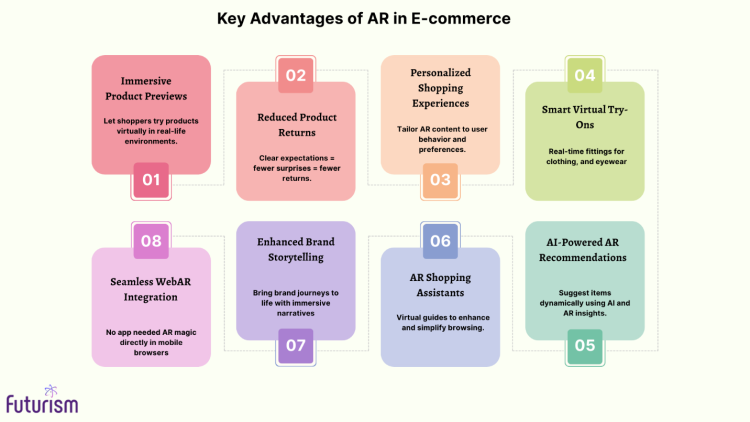Introduction
In today’s hyper connected world, customers demand more than just convenience in online shopping they seek meaningful, immersive experiences. Enter Augmented Reality (AR) a groundbreaking technology that is revolutionizing E-commerce by merging digital information with the physical world. At Futurism Technologies, we empower brands with cutting-edge AR solutions that drive engagement, boost conversions, and redefine customer journeys. This guide delves deep into how AR is
reshaping E-commerce, the innovative applications, benefits, and strategies for successful implementation.

What Makes Augmented Reality a Game-Changer for E-commerce?
Augmented Reality integrates digital content into a user's real environment through smartphones, tablets, or AR glasses. This technology enables customers to visualize products in 3D, interact with them, and make more confident purchase decisions.
Key differentiators:
- Interactive product visualization
- Enhanced personalization
- Reduced product return rates
- Elevated brand engagement
According to recent data, over 2 billion mobile AR users are forecasted by the end of 2025, making this technology more accessible than ever.
How Different Industries Leverage AR in Online Retail
Fashion and Apparel: Virtual dressing rooms improve confidence in fit and style.

Home and Furniture: 3D visualizations help consumer’s percieve furniture in their own spaces.

Beauty and Personal Care: Virtual makeup applications reduce hygiene concerns and boost trial rates.
Automotive: Users can explore car interiors, features, and even test-drive routes in AR.
Luxury Retail: Exclusive AR experiences enhance brand prestige and customer loyalty.
AR Technologies Powering E-commerce Innovation
Markerless AR: Uses SLAM (Simultaneous Localization and Mapping) to map physical environments without predefined markers. Ideal for home decor, fashion, and automotive industries where flexibility and real-world interaction are key.
Location-Based AR: Leverages GPS and live data to deliver personalized, location specific augmented experiences. Perfect for proximity marketing, navigation, and triggering geo-specific offers and experiences.
Projection AR: Creates interactive displays on flat surfaces in retail settings. This technology is widely used in physical retail environments for experiential marketing and product demos.
Superimposition AR: Overlays digital content directly onto physical items. Often used in education, healthcare, and product training, this enhances user understanding of complex objects.
WebAR: Browser-based AR eliminates the need for app downloads, increasing user adoption. It lowers the entry barrier and boosts accessibility, especially for first-time users. According to market experts, WebAR experiences can boost engagement by up to 90% compared to non-AR formats.
AR Cloud: A collaborative ecosystem that synchronizes augmented reality experiences across multiple users and devices in real time. It enables persistent AR content tied to real-world locations and facilitates collaborative shopping or interactive campaigns.
AI-Integrated AR: Combining AR with
artificial intelligence allows systems to understand user behavior, preferences, and environments more intelligently, powering dynamic personalization.
AR SDKs and APIs: Platforms like ARKit (Apple) and ARCore (Google) help developers build rich AR experiences. These development kits offer critical features such as real-time motion detection, ambient light analysis, and spatial awareness to support immersive AR experiences.
Spatial Mapping and Depth Sensing: Essential for creating precise overlays and object placement in AR experiences. These capabilities enhance realism and help products appear naturally embedded in the user's environment.
Cloud Rendering for AR: Offloads heavy processing to the cloud, enabling complex AR experiences on lower-end devices without sacrificing performance or visual fidelity.
These technologies collectively empower E-commerce businesses to offer compelling and seamless AR experiences that drive engagement, reduce friction in the buyer journey, and position brands as innovation leaders.

Source: Market.us Scoop
Future of Augmented Reality in E-commerce
The AR market is projected to surpass $198 billion by the end of 2025, with E-commerce being one of its fastest-growing verticals. Innovations such as AR glasses, spatial computing, and
AI-driven personalization will further personalize and elevate shopping experiences.
At Futurism Technologies, we are at the forefront of this transformation with cutting-edge
eCommerce development solutions, integrating AR with AI,
IoT, and cloud platforms to create seamless, data-rich, and memorable digital commerce experiences.
Conclusion:
Let’s drive your E-commerce business with AR to make it future-proof. Discover how
Futurism Technologies can help you harness AR to deliver next-gen shopping experiences that delight and convert.
Reach out to us and take the first step toward transforming your business with immersive AR solutions.
FAQs
1. How long does it take to integrate AR into an existing E-commerce platform?
Depending on complexity, AR integration can take from a few weeks to a couple of months.
2. Is AR compatible with all E-commerce platforms?
Yes, AR can be integrated into most platforms including Shopify, Magento, WooCommerce, and custom-built websites.
3. Is any specialized hardware required for users to experience AR features?
Most modern smartphones and tablets support AR experiences via apps or browsers.
4. How does AR improve ROI for E-commerce businesses?
By increasing engagement, reducing returns, and boosting conversions, AR directly impacts ROI positively.
5. Can AR be used for B2B E-commerce?
Absolutely. AR helps B2B buyers understand complex products and configurations through 3D visualizations.
6. Is WebAR better than app-based AR for E-commerce?
WebAR offers convenience and wider accessibility, while app-based AR can deliver more advanced features.
7. How secure is AR data collection?
With proper encryption and data handling policies, AR experiences can be made secure and compliant with privacy regulations.
8. What’s the cost of developing an AR solution for an online store?
Costs vary based on complexity, platform, and features, but scalable solutions can be tailored to fit most budgets.
9. Is it possible to combine Augmented Reality with AI or voice assistant technologies?
Yes, integrating AR with AI and voice assistants creates highly personalized and accessible user experiences.
10. Does AR work well for mobile-first audiences?
Definitely. AR is optimized for mobile platforms, making it perfect for mobile-first E-commerce strategies.
11. What industries benefit the most from AR in E-commerce?
Fashion, furniture, beauty, automotive, electronics, and luxury retail have seen the greatest ROI from AR.
12. How do I measure the success of AR in my E-commerce business?
Metrics like engagement rate, conversion rate, average order value, and return rates are key indicators.
13. Is AR suitable for small to mid-size E-commerce businesses?
Yes, with WebAR and
cloud-based tools, small businesses can deploy affordable and effective AR experiences.
14. Will AR continue to evolve in the future?
Absolutely. Future trends include AR glasses, AI integration, holograms, and real-time personalization.
15. Where can I find a reliable AR development partner?
Futurism Technologies offers end-to-end AR development, from strategy and design to deployment and optimization.





